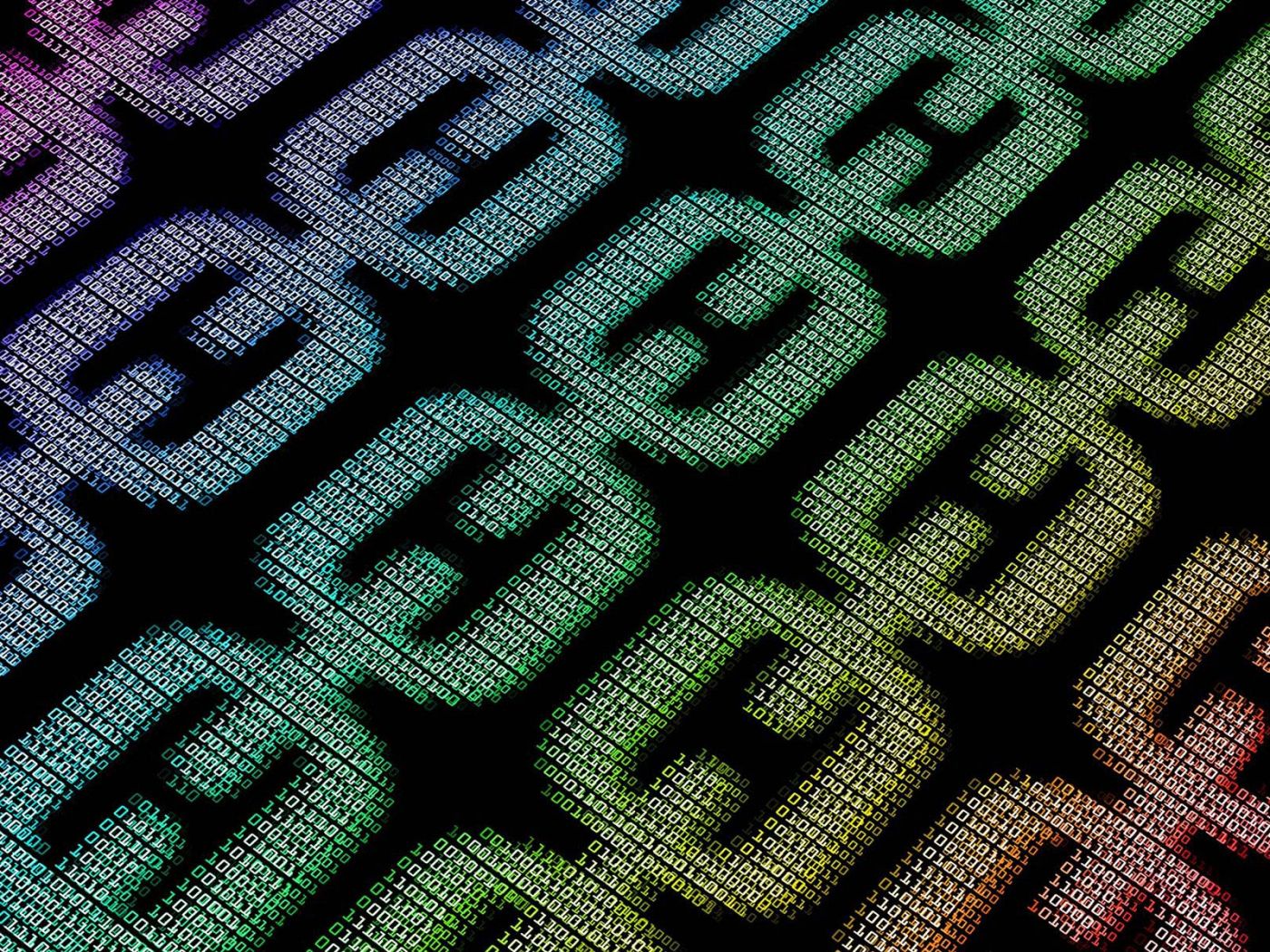This time the sale featured the issue of the CGRID token by the Carbon Grid Protocol project, a Singapore-based firm brought to the GBX Grid in Gibraltar by sponsor firm ICOMain.io. On 31st August 2018, the Carbon Grid Protocol project had sold 9, 259,260 of its CGRID tokens in the first hour of the Early Access period.
Besides demonstrating enthusiasm for the Carbon Grid Protocol and the momentum behind the project by the firm’s team, this fast sell-out shows the benefits of conducting a token sale on an institutional grade platform, as is Gibraltar’s GBX Grid. Firms launching a token on the GBX Grid are known to have been through a rigorous compliance process, and these then release their tokens into a large and growing pool of participants who themselves have been KYC/AML cleared. The GBX Grid’s ease of use for participants means these can readily contribute to projects confident that these have met best practice standards.
When it comes to the Carbon Grid Protocol project, what participants have bought into is a startup tackling the important issue of energy consumption that is linked to blockchain technology. The company aims to reduce the carbon footprint of blockchain technology through increasing market access to tradable carbon credits. These credits can be used to encourage blockchain networks and decentralized apps to offset their carbon footprint, thus helping to reverse the negative impact on the environment that cryptocurrency transactions have.
To put this into context, while the benefits of decentralization brought about by blockchain technology is widely recognized, there is an equally recognized energy burden caused by the mining of Bitcoin, Ethereum and other cryptocurrencies, with energy consumption on comparable levels to transactions through centralized organisations and their own vast, global systems. The startup claims that: “each Bitcoin transaction requires the same amount of energy used to power nine homes in the US for a day” and that “each Bitcoin and Ethereum transaction emits 60kg and 10kg of carbon dioxide respectively. These compared to just 0.3grams of carbon dioxide being emitted for each VISA transaction.”
By its nature, decentralization can create energy inefficiencies that have a negative impact on the environment, and as more and more businesses adopt the blockchain, the more significant these inefficiencies and their impact. The Carbon Grid Protocol project connects the world of blockchain technology with the real world issue of climate change. It engages the concern and the interest of people worldwide and creates a means of combating this through the simple use of economics in the digital world.
The Carbon Grid Protocol is the first Asian member of the UN-sponsored Climate Chain Coalition and, because their carbon credits can be used in any blockchain project on the market, it is eminently scalable. As stated on the Carbon Grid Protocol project’s website: “The CGRID is designed as a complementary protocol layer enabling blockchain networks and DApps to efficiently access carbon credits to offset their carbon footprint. Our CGRID token dynamics will also provide compelling economic incentives for market participants to achieve and maintain carbon neutrality. Our ultimate goal is to promote the widespread adoption of carbon credits in blockchain as a valuable and readily tradable asset class.”





